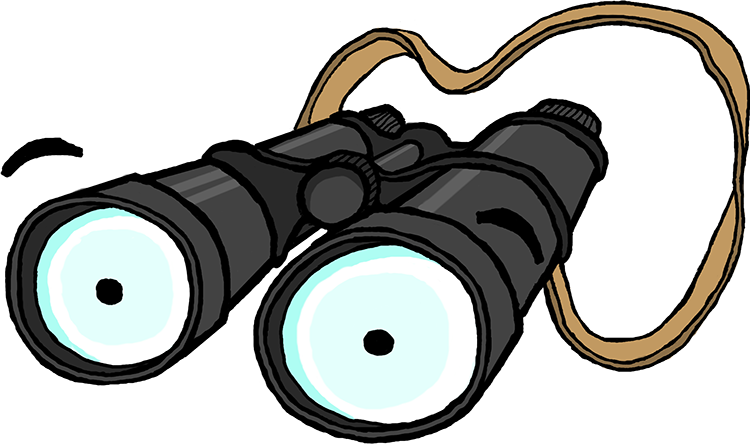Jewish Community
In 1914, the Jewish population of Britain was approximately 250,000 - 300,000, with a further estimated 40,000 resident in Australia, Canada and New Zealand. Jews accounted for less than 1% of the population in each country, but on the outbreak of the First World War, they joined up in high numbers. 40,000 Jews are known to have served in the British Armed Forces, although the figure is likely to be 50-55,000 as many hid their religion to avoid anti-Semitism.
British Jews during the First World War
Jews served in many regiments of the British Army, as well as in the Royal Navy, the Royal Flying Corps and the newly formed Royal Air Force. Jewish women became nurses, VAD’s and Red Cross workers, and were employed in many areas on the Home Front; including munitions factories and Government offices. Florence Oppenheimer, a Queen Alexandria Imperial Military Nursing Service nurse, served in the Middle East. After the war, she became a famous cookery writer under her married name, Florence Greenberg.
DID YOU KNOW...?
There were no restrictions on Jews joining the British military or becoming Commissioned Officers prior to the First World War, unlike in other European countries.
David Bomberg (1890-1957)
David Bomberg was part of the Jewish Whitechapel Group alongside fellow artist Mark Gertler and fellow artist and poet Isaac Rosenberg.
In 1914 the Germans exploded mines under British positions at Festubert, Belgium, in an attempt to break the stalemate of trench warfare. In response, the British recruited professional miners to dig tunnels at the Western Front to detonate mines beneath German trenches. The launch of the Messines offensive in June 1917 witnessed 19 mines exploding, one of which was the largest mine of the war. In 1918, having served with the Royal Engineers, David was commissioned by the Canadian Government to paint this operation.
David was influenced by Cubism and Futurism and was a major figure in the London avant-garde. David has included himself in the foreground carrying a heavy beam; it is thought that he is showing his feeling of being burdened by this task.
The British Jewry Book of Honour
In 1922, The British Jewry Book of Honour was published in London to permanently record and honour the contribution made by the Jews who served in the British and colonial forces during the War. The book was edited by Reverend Michael Adler who was the first Jewish chaplain to serve in HM Forces. It lists casualties, military honours, the names of those who served, Jewish Units, and where possible, other Jewish institutions and agencies that supported the Home Front and wider war effort. The Book also contains letters of support and acknowledgment from distinguished men of the day, both Jewish and non-Jewish.
The Zion Mule Corps and the Royal Fusiliers
Some Jewish men in Britain did not have British or Empire citizenship and were unable to join the regular armed services. In Palestine, Jews from Russia, Turkey and elsewhere lobbied the British government to be allowed to join up. These men were eventually formed into the Zion Mule Corps and saw service in Gallipoli, where they received much praise from the British authorities. Once the Dardanelles campaign ended, the Corps was disbanded. Many of its members campaigned for a new version of the Corps and so a new Jewish regiment was formed in 1917, which became the 38th, 39th, 40th and 42nd Battalions of the Royal Fusiliers.
These Battalions included Jews from Britain, Russia, other Empire and Allied nations and the USA. In 1919, those still serving were given a regimental cap badge depicting a Menorah (a Jewish candelabra).The Battalions were disbanded between 1919 and 1921.
Frank Alexander De Pass (1887-1914)
De Pass was a Londoner who joined the army as an officer in 1906. In 1914, he was serving as a Lieutenant with a British regiment in India when he was sent to France. On 24 November 1914, De Pass destroyed an enemy trench and rescued an injured fellow soldier during intense fighting. He was awarded the Victoria Cross, but died before the news could reach him, he was killed on 25th November 1914.
A special thanks to - We Were There Too: London Jews in the First World War for providing content for this section. www.jewsfww.london

